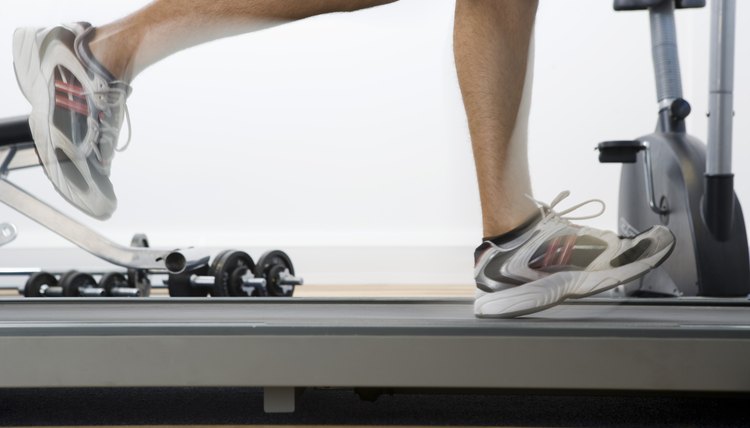High School Swimming Workouts

High school swimming workouts develop the three fundamentals of swimming: technique, or the correct way to move the body through the water, endurance, the ability to sustain the effort of swimming, and power, the ability to move water with force for maximum propulsion and speed. As a coach, combining these three fundamentals in your workouts can help develop the abilities of your swimmers.
Pre-Workout Warm-up

competitive swimming image by Chad McDermott from Fotolia.com
Have your swimmers perform a short, 10-minute warm-up away from the pool before the workout begins. Warm-up exercises might include walking or running on a treadmill, jumping jacks, jumping rope or riding a stationary bicycle. This helps with flexibility and allows for a full range of motion, necessary for all strokes -- free style, butterfly, breaststroke and backstroke.
Kickboard Drills

competitive swimming image by Chad McDermott from Fotolia.com
Include in your workouts several laps of kickboard drills to help your swimmers perfect their kicking technique. Freestyle, breaststroke and butterfly swimmers can practice their flutter, frog and dolphin kick while holding the ends of the board with arms extended and the board flat on the water in front of their body. Have your backstroke swimmers practice their kicks while on their backs, hugging the board close to their chest.
Stroke Technique

competitive swimming image by Chad McDermott from Fotolia.com
Swimming technique is important to include in your high school swimming workouts. Proper technique allows faster swimming and prevents injury by keeping joints properly aligned. Your swimmers may have a wide range of backgrounds and abilities, but emphasis on technique will give them all an opportunity to improve their skills.
Endurance

competitive swimming image by Chad McDermott from Fotolia.com
In order to sustain good swimming technique over a distance, incorporate endurance training into your swimming workouts. Ask your swimmers to repeatedly hold a specific time for distances from 100 yards to 500 yards. Over time, those intervals become faster as the body adapts to training.
Power

competitive swimming image by Chad McDermott from Fotolia.com
By the time a person reaches high school age, the body can handle power training. In swimming, this means practicing short sprints at full effort. Incorporating power sprints into your workouts to develop muscular strength and speed for fast swimming. Even while sprinting, good technique should be maintained.
References
Resources
Writer Bio
Over a span of 20 years, Hans Dersch has written copy in advertising, marketing, public relations, fundraising, political campaigns and grant proposals. He holds a Bachelor of Science in Advertising from the University of Texas at Austin.
